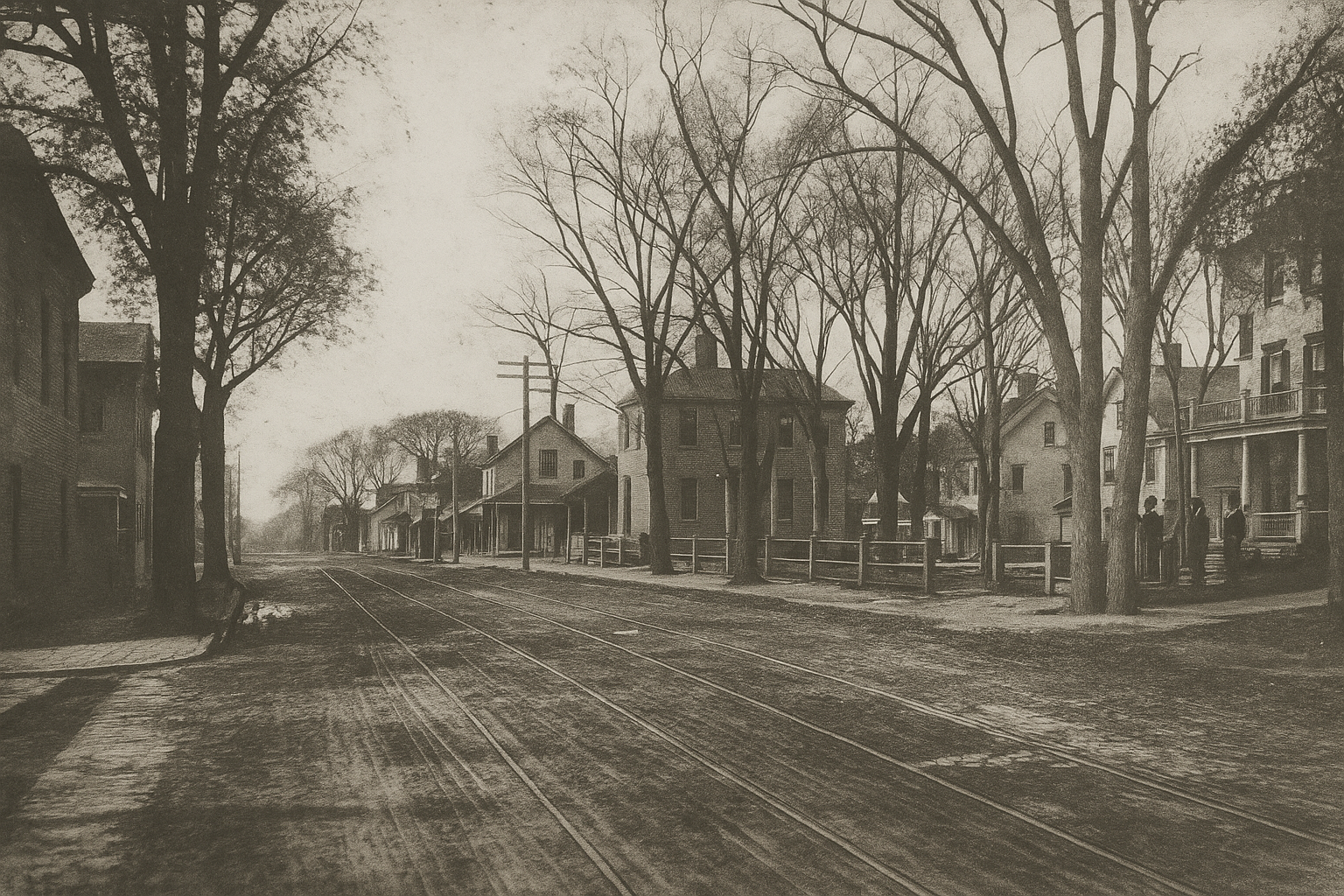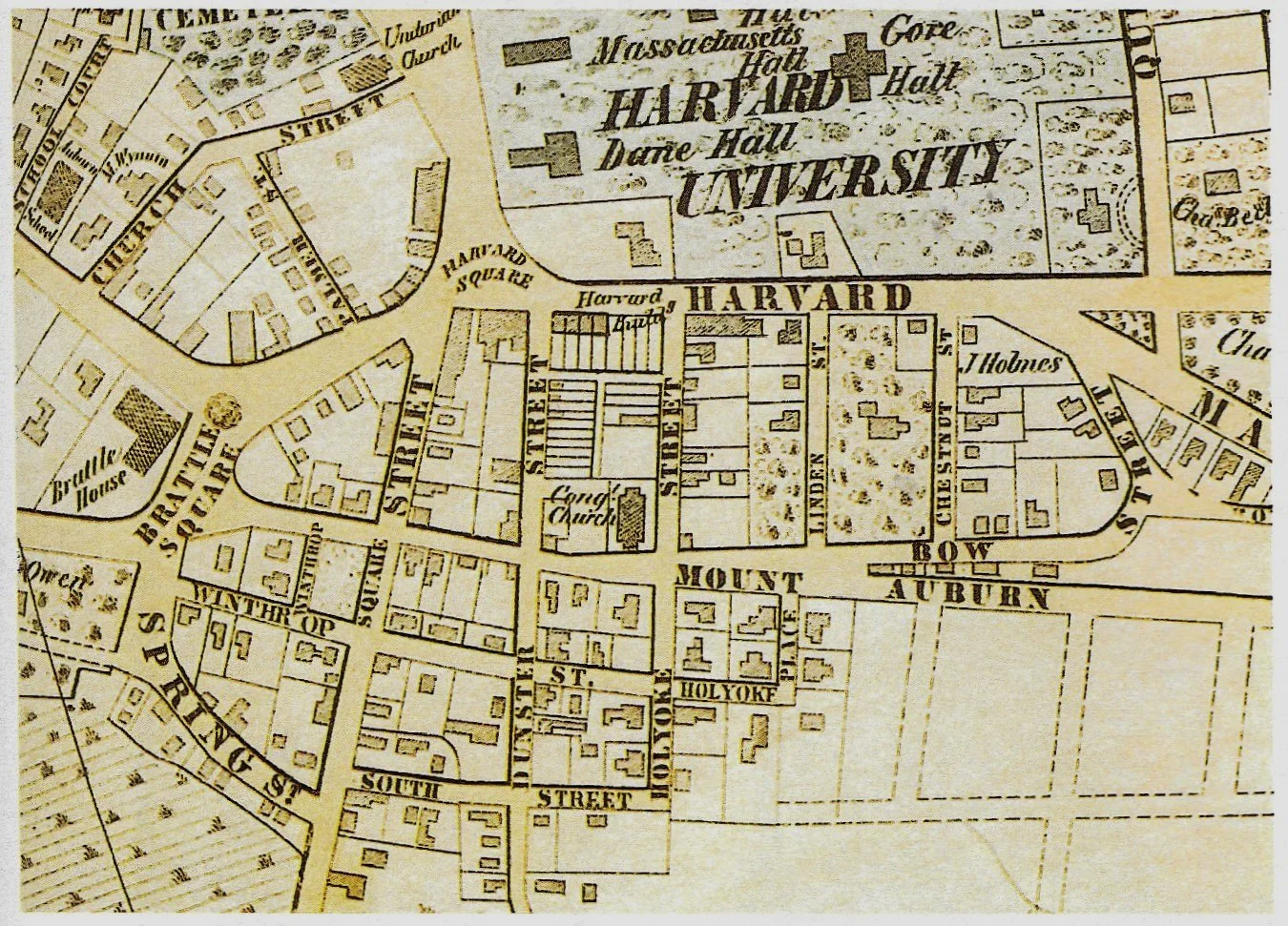


Welcome To The Cox Hicks House
A rare surviving example of early working-class housing in Cambridge, the Cox-Hicks House stands as a testament to the city’s vernacular architecture and social history. Built circa 1806 and perched atop an 18th-century Roxbury puddingstone retaining wall, this modest 1½-story frame structure offers a glimpse into the everyday lives of laborers and those of limited means during the late 18th and early 19th centuries.
As the only known structure of its kind remaining in Cambridge, the Cox-Hicks House preserves the architectural language of a period often overshadowed by grander Federal-style homes. Its unadorned design and enduring materials reflect the resourcefulness and resilience of its earliest occupants.
Located within the Winthrop Square National Register District and the Harvard Square Historic District, the Cox-Hicks House contributes to a broader understanding of Cambridge’s evolving urban fabric. Its continued preservation invites exploration of the city’s lesser-told histories—stories of ordinary people who helped shape the foundations of a growing New England community.

Harvard Square’s Original Layout
Winthrop and South Streets were laid out in 1630 as part of Newtowne’s early colonial plan—what would later become Harvard Square. These narrow streets still follow the original grid, offering a rare glimpse into the early urban fabric of Cambridge.
Winthrop Park: A Historic Heart
Located just steps from the Cox-Hicks House, Winthrop Park began as a colonial marketplace and remains one of Cambridge’s oldest public spaces. It continues to serve as a central gathering place in the heart of Harvard Square.

Terracing the Hill: Early Port and Sea Wall
Harvard Square bordered the Charles River, with Winthrop Street leading to a small port. To create level ground for building homes, early residents constructed a massive retaining wall using Roxbury puddingstone, shale, and granite. The Cox-Hicks House sits atop this wall, which still stands today.

Built for the Working Class
The Cox-Hicks House was built around 1806 by Israel Porter as a tenant residence for Susannah Cox. It reflects the simple, utilitarian housing once common for lower-income residents.
Changing Hands
In 1810, Susannah Cox returned the house to Porter, who sold it shortly after to Sarah Hicks Flagg. The property has been known as the Cox-Hicks House ever since.

Rare Example of Vernacular Architecture
Unlike the grand Federal-style homes of its time, the Cox-Hicks House is small and unadorned. It offers a rare glimpse into the everyday lives of working-class families in early Cambridge.

A New Purpose
In 2001, the house was transformed into a restaurant by Paul Overgaag, blending historic preservation with adaptive reuse.

Ongoing Restoration
Now owned by Molly and Ryan Lindbergh, the Cox-Hicks House is undergoing an ambitious restoration to protect its legacy and elevate it as an architectural icon in Harvard Square. Their vision blends preservation with innovation—ensuring the house not only honors its past, but also inspires future generations as a restored masterpiece at the heart of the community.








